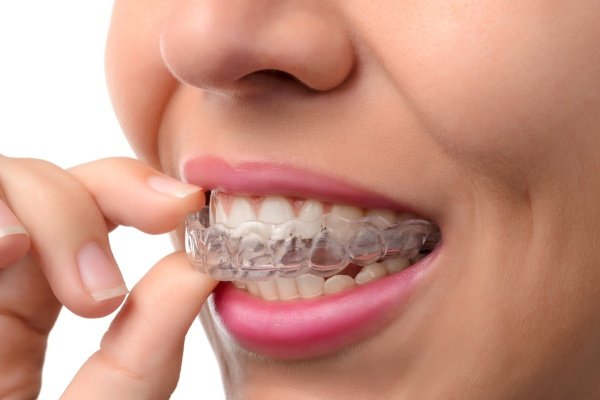Because of the legalization of recreational cannabis in New Jersey, many new users feel comfortable trying the plant for the first time. If you are new to cannabis, navigating the various strains, effects, and consumption methods can be overwhelming. Thankfully, the budtenders at City Leaves LLC can guide you through your purchase, helping you make informed choices. Keep reading to know how to get started with cannabis:
Understanding Cannabis Strains
The flower of the cannabis plant comes from various strains. Cannabis strains are bred to exemplify some looks, effects, and aroma. Cannabis has hundreds of strains that result from cross-breeding methods. These strains have varying effects and characteristics. Generally, sativa strains produce energy-boosting and uplifting effects while Indica strains offer relaxation and sedation. Meanwhile, hybrid strains combine the characteristics of sativa and indica strains. The best strain should align with the effects that you desire to achieve and your preferences.
In addition, the kind of terpenes in every strain differentiates cannabis strains. Terpenes refer to the essential oils found in the cannabis plant. They are responsible for every strain’s aroma. Also, terpenes are responsible for a lot of possible effects and benefits of cannabis strains.
The best strain for beginners depends on the desired effects. If you want a strain to get you sleepy and laugh at funny films, consider an Indica strain such as Cream Cake. If you want a daytime strain that keeps you motivated and focused, a sativa strain such as Jack Herer might be best for you. If you prefer a balanced experience that provides you with the best of Indica and Sativa strains, a hybrid strain like Weeding Cake might be what you are looking for. If you are not sure what you want, look for a dispensary near you. A friendly budtender can guide you through your selection process.
How to Consume Cannabis
Cannabis can be consumed in many ways. For many users, smoking cannabis flower is a preferred consumption method. However, this method can be harsh on your lungs and throat. For other users, vaporizing is a healthier consumption method because it involves heating the cannabis while not burning it. In addition, you can also try edibles; however, these cannabis products can take longer to produce the desired effect. Other consumption methods include topicals, concentrates, and tinctures.
The Ideal Dose for Beginners

When thinking about consuming cannabis, consider the dosage and potency. When it comes to the THC amount, it’s best to begin with a low dose and increase the dose gradually as needed. Also, be aware of the product’s potency because some cannabis strains can be stronger than others. Take your time to read the product label and research before you consume a cannabis product.
Although measuring the dose you are consuming is hard when you smoke the plant, tinctures, and edibles are dosed consistently by serving. This allows you to keep track of your THC doses and the amount of other cannabinoids you’re consuming. If you are new to cannabis, most experts will tell you to begin low and go slow.
Ideally, you may want to begin with a 5mg dose of THC or less. Then, you can observe how this dose will make you feel before you increase the dosage. Wait for a minimum of ninety minutes after you take an edible before you take more. You should give the product time to travel through the digestive system and reach your bloodstream before you gauge its effects. If you want a cannabis product that acts fast, consider taking tinctures sublingually and smoking or vaping the product. Trying different methods may allow you to determine how a dose impacts your body.







 Still Need Help to Find Providers?
Still Need Help to Find Providers?








